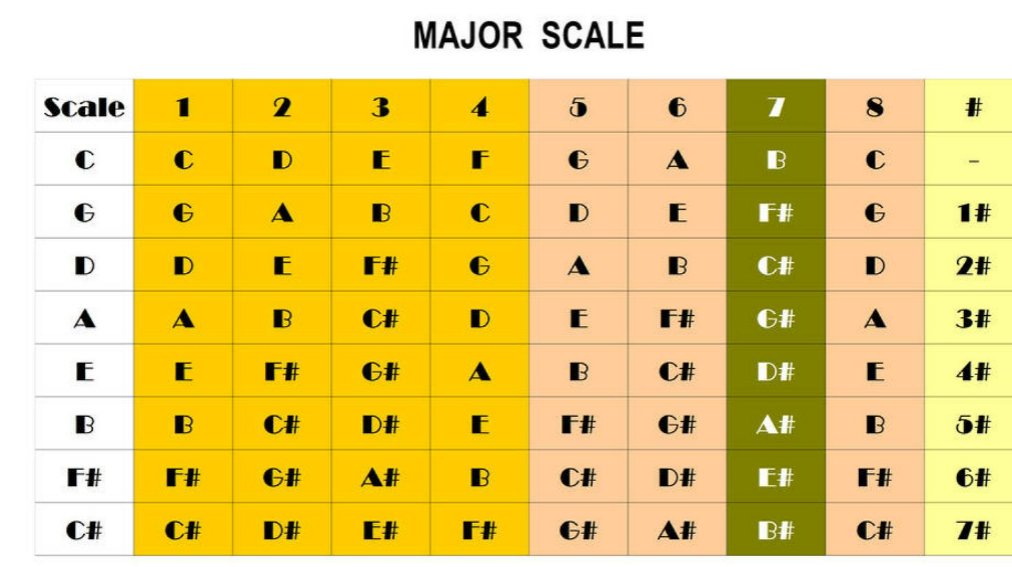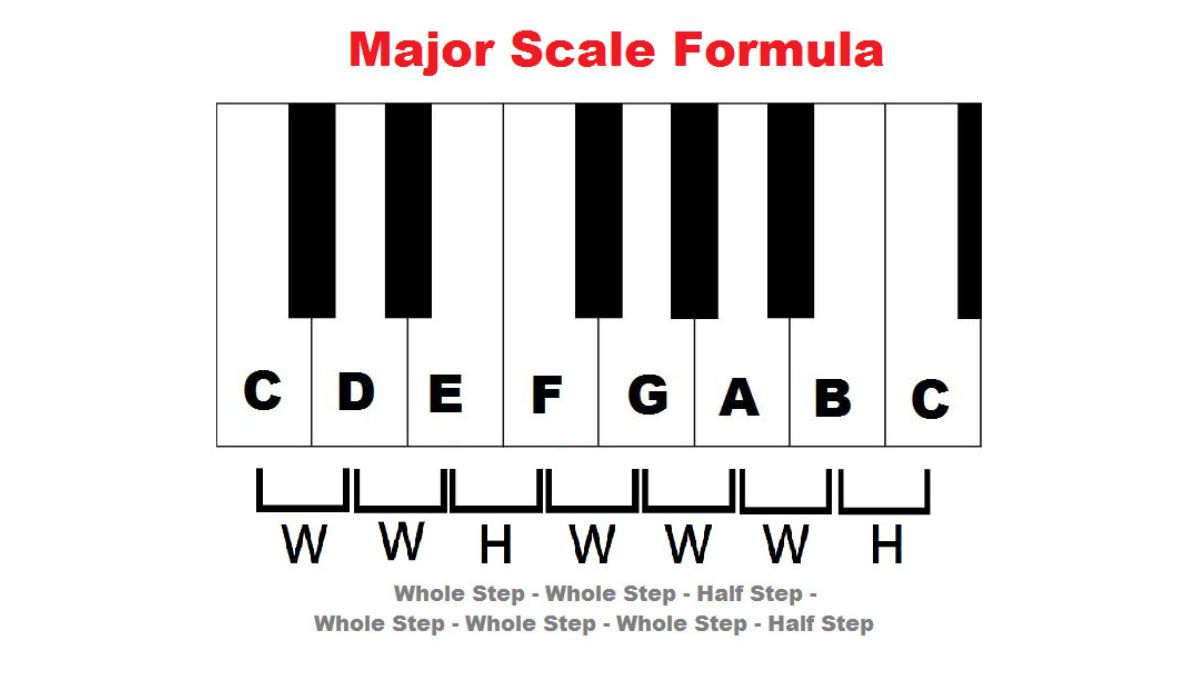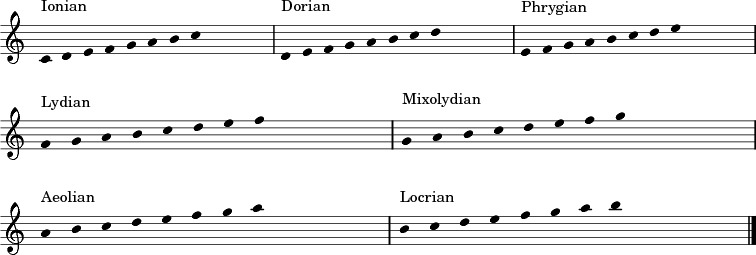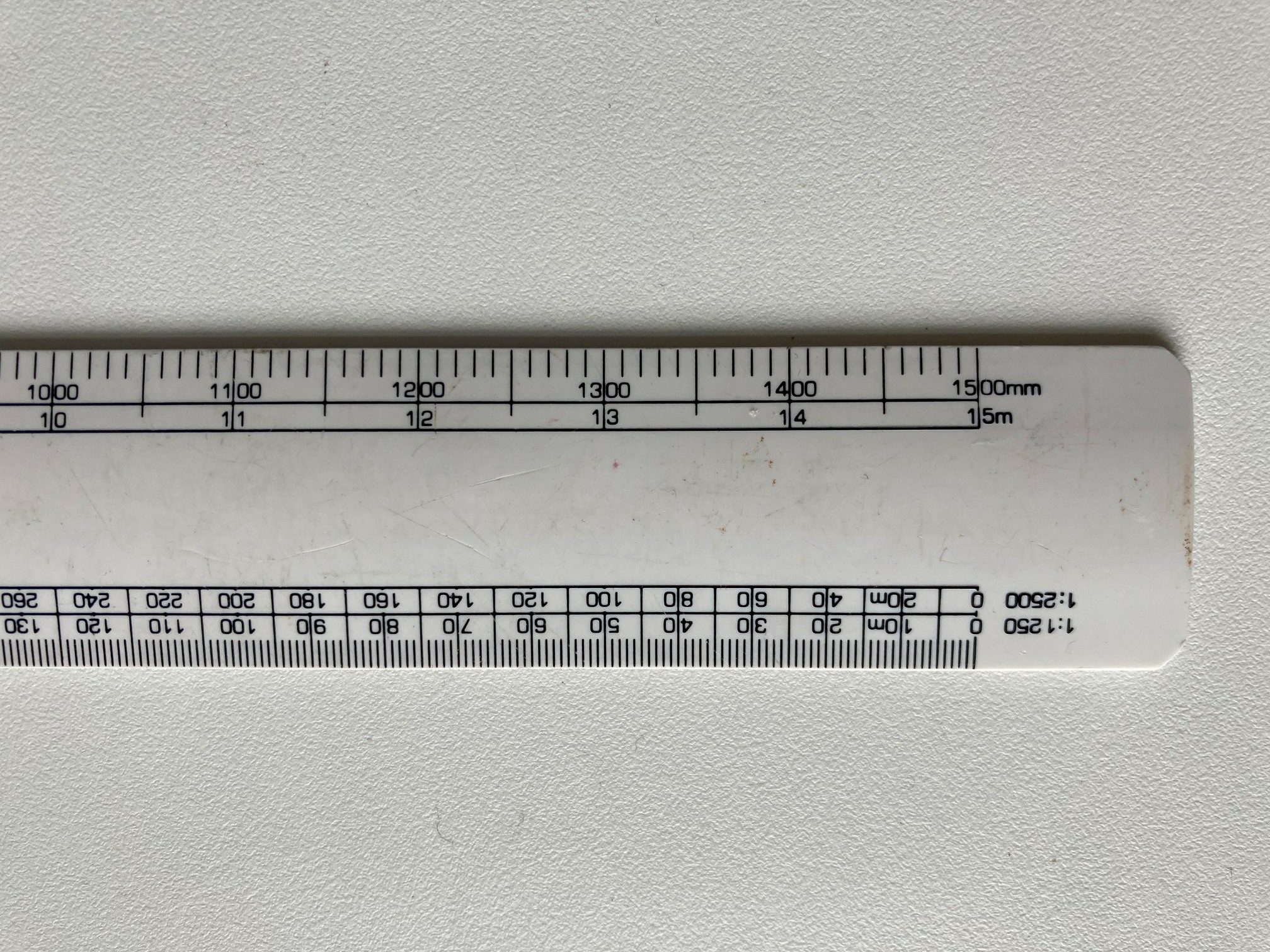
Why the Major Scale Matters: Exploring the Basics of
Music theory is a complex and fascinating subject that can seem confusing at first glance. However, understanding the major scale is a great place to start. The major scale is the foundation of Western music and serves as a reference point for many other scales and modes.The major scale consists of seven notes arranged in a specific pattern of whole steps and half steps. The pattern of whole and half steps for a major scale is: whole, whole, half, whole, whole, whole, half. This pattern can also be represented as a series of intervals, which are the distances between the notes. The intervals for a major scale are: 1, 2, 3, 4, 5, 6, 7. To build a major scale, you can start on any note and follow the pattern of whole and half steps. On the guitar, each fret space
Music theory is a complex and fascinating subject that can seem confusing at first glance. However, understanding the major scale is a great place to start. The major scale is the foundation of Western music and serves as a reference point for many other scales and modes.The major scale consists of seven notes arranged in a specific pattern of whole steps and half steps. The pattern of whole and half steps for a major scale is: whole, whole, half, whole, whole, whole, half. This pattern can also be represented as a series of intervals, which are the distances between the notes. The intervals for a major scale are: 1, 2, 3, 4, 5, 6, 7.
To build a major scale, you can start on any note and follow the pattern of whole and half steps. On the guitar, each fret space represents a half step. Starting on the 3rd fret on the 5th string, let's build a C major scale. Following our C note at the 3rd fret, take a whole step to D, another whole step to E, a half step to F, a whole step to G, another whole step to A, a whole step to B, and a half step back to C. The resulting scale is: C, D, E, F, G, A, B, C.One of the most important aspects of the major scale is its relationship to chords. Chords are groups of three or more notes played together, and they are the building blocks of harmony in music. Each note in a major scale corresponds to a specific chord, and these chords are often used together to create harmonic progressions.The chords in a major scale follow a specific pattern, known as the diatonic chord progression. This progression is based on the intervals of the major scale, and it can be represented by Roman numerals. The Roman numerals represent the degree of the scale that each chord is built on. For example, in a C major scale, the I chord is C, the IV chord is F, and the V chord is G.The diatonic chord progression for a major scale is: I, ii, iii, IV, V, vi, vii°. The lowercase Roman numerals represent minor chords, while the uppercase Roman numerals represent major chords. The vii° represents a diminished chord, which is built on the seventh degree of the scale.By understanding the major scale and its relationship to chords, you can begin to analyze and understand the harmony in music. This knowledge can help you to compose your own music, improvise, and appreciate the music you listen to on a deeper level.In conclusion, the major scale is a fundamental building block of Western music. Understanding its pattern of whole and half steps, its intervals, and its relationship to chords is essential for anyone interested in learning music theory. By starting with the major scale, you can begin to explore the rich and fascinating world of music theory.

What is a Major Scale? Exploring the Most Powerful Scale in

Why Scales Are Important, and How To Build a Major Scale

Who is Ferre Laevers and what is he known for? - Twinkl
Who invented major scales and determines such rules like how

Understanding Global Strategy: 9781844801497: Segal

The Major Scale - Just How Important Is It? - https

What is a Major Scale? Exploring the Most Powerful Scale in

Why the Major Scale Matters: Exploring the Basics of

What is a Major Scale? Exploring the Most Powerful Scale in

Cruise to Saint John on the Bay of Fundy- Canada
Learn about Scale Modes and their Theory, (51 pages), • A comprehensive overview of the Major Scale Modes, • Covers all modal shapes on the

Using the Major Scale Modes
:max_bytes(150000):strip_icc()/__opt__aboutcom__coeus__resources__content_migration__serious_eats__seriouseats.com__2017__10__20210317_OXO-GG-11lb-Stainless-Steel-Scale-with-Pull-Out-Display_Solo-f1d4e9b85adf4ce18fd6b6f927fd591d.jpg)








